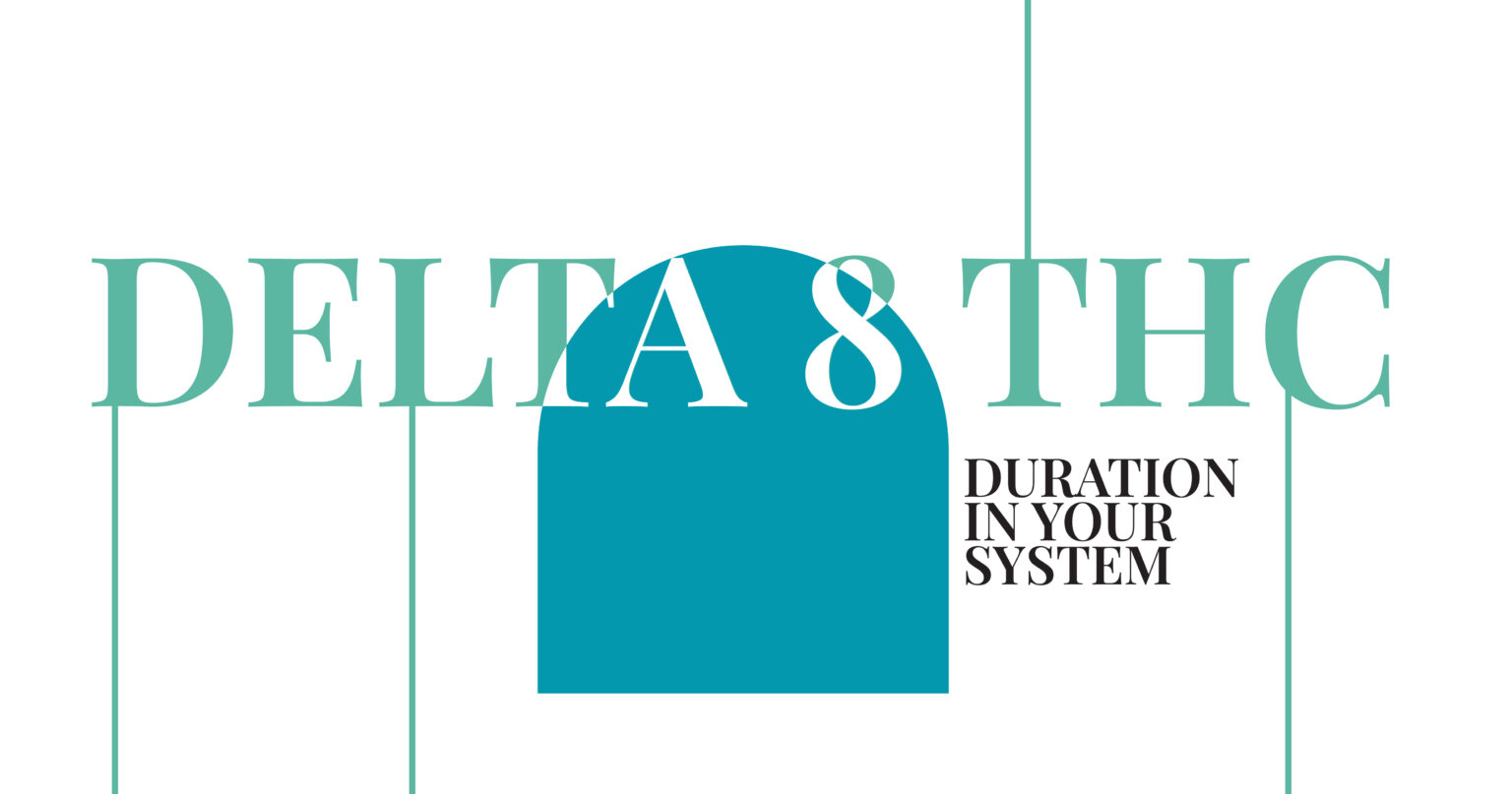ACT Therapy Model | Acceptance and Commitment Therapy
Introduction to ACT
Acceptance and Commitment Therapy (ACT) is a behavioral therapy model that supports mental health by promoting psychological flexibility. ACT helps individuals handle psychological events such as thoughts, emotions, and bodily sensations in healthier ways, leading to a more meaningful life and improved quality of life.
Definition and Origins of ACT
ACT is an acceptance-based behavior therapy developed through the study of human language, relational frame theory, and behavioral science. It focuses on private events, private experiences, and internal experiences that influence human behavior. Unlike traditional cognitive therapy, ACT promotes acceptance processes rather than direct thought control, aiming for personal growth and healthier behavioral aspects.
Core Principles of ACT
The ACT model focuses on behavioral principles and acceptance-based strategies to address psychological barriers. It uses a dimensional approach to mental health care, treating psychological inflexibility as a fundamental aspect of many forms of psychopathology. Core processes work together to enhance mental health by aligning actions with personal values.
Core Processes of ACT

Acceptance
Acceptance encourages individuals to open up to psychological experiences, including emotional avoidance and feelings of anxiety. This experiential approach helps reduce psychological suffering and physical health symptoms caused by resistance to negative experiences.
Cognitive Defusion
Cognitive defusion techniques teach individuals to observe thoughts and feelings without becoming entangled in them. This reduces psychological inflexibility and supports effective action in the face of psychological events.
Being Present
Mindfulness exercises focus on being present in the current moment. Paying attention to physical sensations, thoughts, and emotions without judgment supports psychological health and fosters greater continuity of consciousness.
Self-as-Context
This process helps individuals view themselves as separate from their thoughts and feelings, building a flexible sense of self. Understanding that thoughts are parts of larger patterns rather than facts supports emotional and behavioral flexibility.
Values Identification
Clarifying personal values is key to guiding behavior change processes. Identifying what matters most helps individuals align their actions in accord with core values, supporting personal growth and broader psychological well-being.
Committed Action
Committed action involves taking steps in accord with identified values, even in the presence of difficult private experiences. Engaging in effective, value-based actions leads to improved mental health outcomes and reduced psychological suffering.
Psychological Flexibility in ACT
Importance of Psychological Flexibility
Psychological flexibility is a fundamental aspect of psychological health. It allows individuals to adapt to changing situations while maintaining actions aligned with personal values, reducing experiential avoidance and supporting better mental health outcomes.
Addressing Experiential Avoidance
Experiential avoidance, or the attempt to escape negative psychological events, can lead to psychological inflexibility and emotional suffering. ACT teaches strategies that help individuals face private experiences without letting them block effective action.
Differences Between ACT and Other Therapies

Comparison with Cognitive Behavior Therapy
While cognitive behavior therapy often focuses on changing thought content, ACT emphasizes accepting thoughts through acceptance processes and cognitive defusion techniques. ACT targets the broader processes of acceptance and commitment rather than restructuring thoughts directly.
Mindfulness Integration in ACT
Mindfulness plays a central role in ACT, supporting acceptance of internal experiences and reducing emotional avoidance. Unlike other models of psychotherapy, ACT blends mindfulness with behavioral approaches to support behavior change in a context-driven approach.
Empirical Support for ACT
Evidence of Efficacy Across Populations
Research from systematic reviews and meta-analyses shows that ACT-based interventions effectively improve psychological flexibility, reduce pain symptoms, address mental health conditions like anxiety disorders, and support treatment of persons with behavioral disorders or physical conditions. ACT demonstrates success across a broad range of populations.
Application in Various Settings
ACT is effective in clinical psychology, occupational therapy services, behavioral health, and behavioral medicine. It can address addictive behavior, long-term disability, chronic pain, anxiety around exercise, and various mental health challenges.
Practical Applications of ACT
ACT in Clinical Practices
Clinicians use ACT to treat a wide variety of mental health conditions by promoting acceptance, cognitive defusion, and committed action. These techniques foster emotional health and reduce psychological barriers to healing.
ACT in Medical Care Contexts
ACT is applied to physical health symptoms and pain-related disability, helping individuals manage chronic health challenges by addressing psychological inflexibility and promoting acceptance of pain predicts recovery.
Adapting ACT for Brief Interventions
Brief behavior change interventions using ACT strategies are increasingly used in occupational therapy, medical care, and counseling psychology. These flexible interventions fit into various aspects of health care.
Theoretical Foundations of ACT

Behavior Change Techniques
ACT uses behavior change techniques rooted in behavioral science and evolutionary science, addressing verbal processes and private experiences to support effective, lasting change.
Mindfulness and Acceptance Strategies
Mindfulness and acceptance strategies reduce psychological inflexibility and promote healthier responses to psychological suffering. These methods align with behavioral approaches that emphasize acceptance, context, and committed action.
Benefits of Learning ACT
Personal Growth and Mindfulness
Learning ACT processes supports personal growth, mindfulness, and living in accordance with personal values. ACT promotes healthy normality by embracing a full range of psychological experiences.
Improving Psychological Well-being
ACT improves emotional well-being by reducing experiential avoidance, enhancing flexibility processes, and supporting engagement in meaningful life activities. It strengthens both behavioral health and psychological health.
How to Integrate ACT into Daily Life
Identifying Values and Setting Goals
Clarifying core values provides a direction for behavior change. Setting goals based on personal values creates motivation and supports a life consistent with what truly matters.
Practicing Mindfulness in Everyday Situations
Engaging in mindfulness exercises during everyday activities helps individuals stay present, reduce anxiety levels, and respond more flexibly to internal experiences.
Engaging in Committed Actions
Taking steps toward values-based goals, even in the presence of difficult psychological events, builds resilience, reduces psychological suffering, and improves the quality of life.
Frequently Asked Question's
The purpose of ACT is to build psychological flexibility. It helps individuals accept difficult thoughts, feelings, and bodily sensations while continuing to take actions that reflect their personal values. The focus is on creating a meaningful life, not eliminating discomfort.
ACT differs from CBT by emphasizing acceptance rather than thought control. Instead of trying to change negative thoughts, ACT encourages individuals to use cognitive defusion techniques to observe thoughts without judgment. This approach supports behavior change that aligns with core values.
Yes, ACT is effective for people experiencing chronic pain and other physical health conditions. It teaches acceptance of bodily sensations and reduces experiential avoidance, which improves quality of life and daily functioning even when physical symptoms are present.
ACT benefits a wide range of individuals, including those with mental health conditions like anxiety disorders, depression, and substance use disorders. It is also used in occupational therapy, behavioral medicine, and clinical psychology to support those dealing with physical health challenges and long-term disability.












